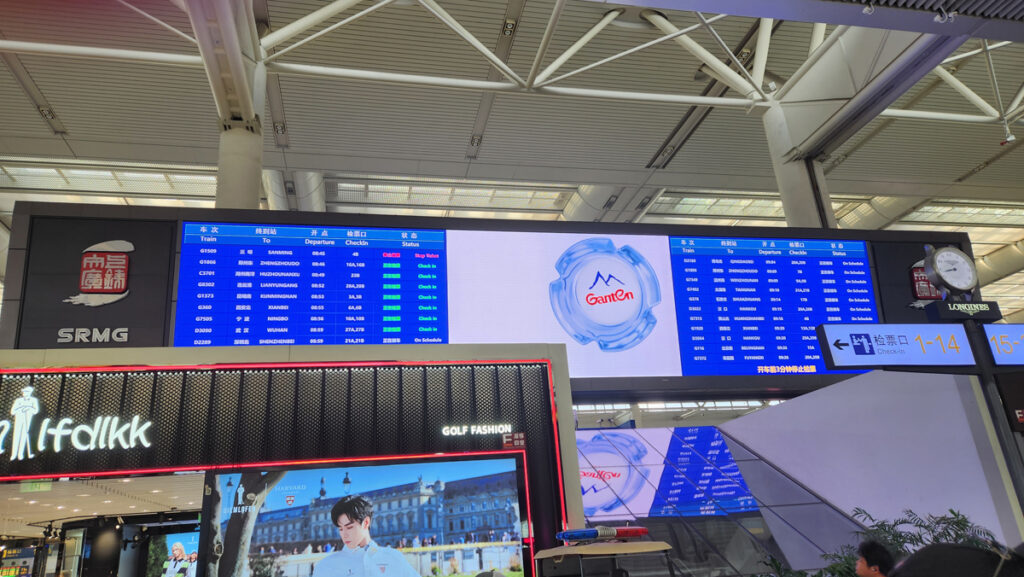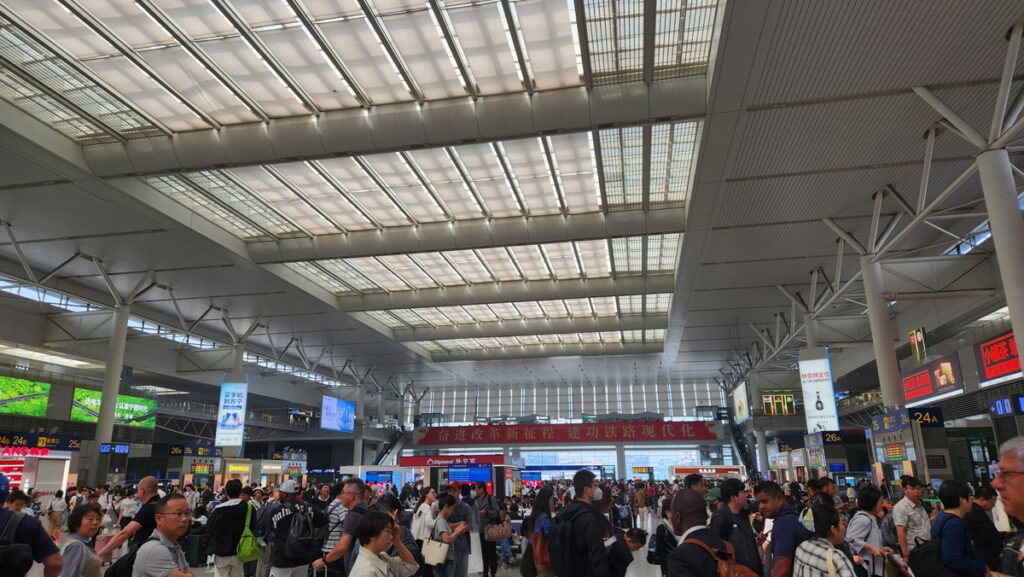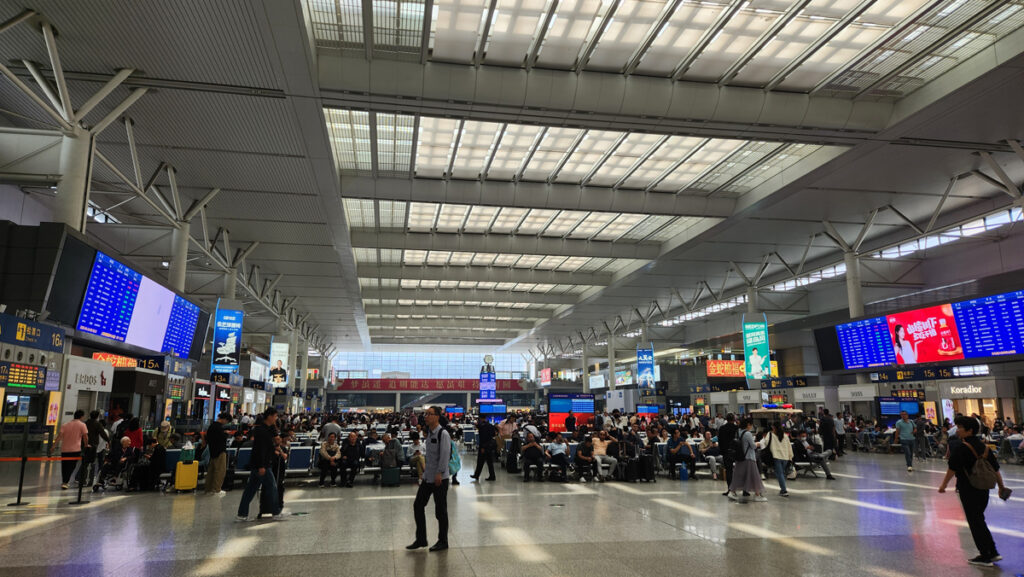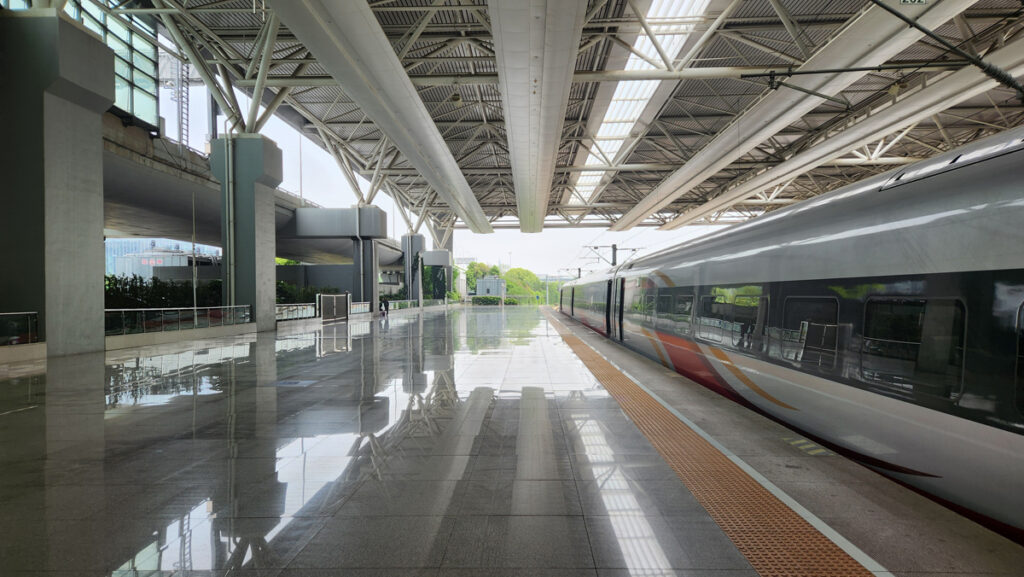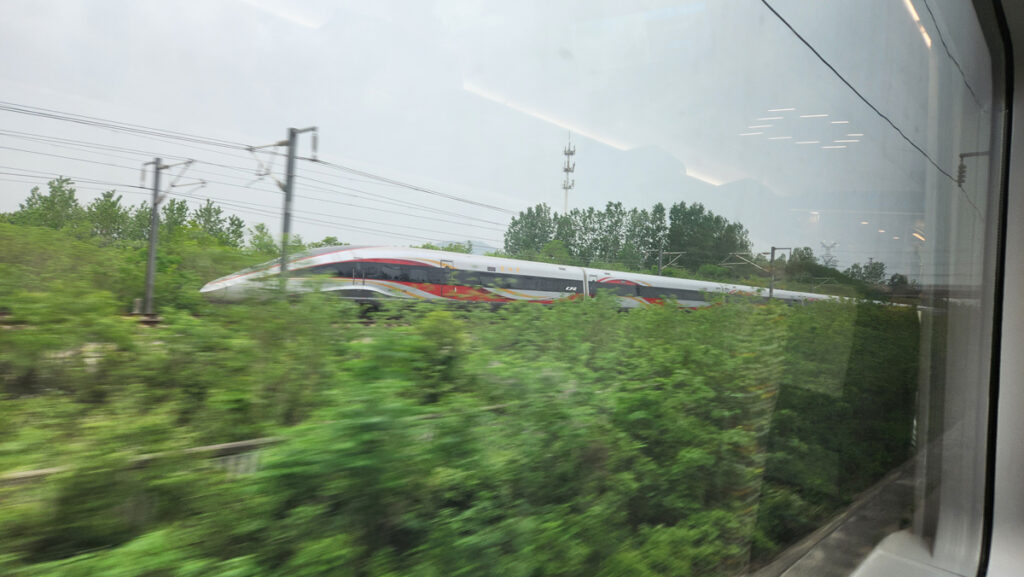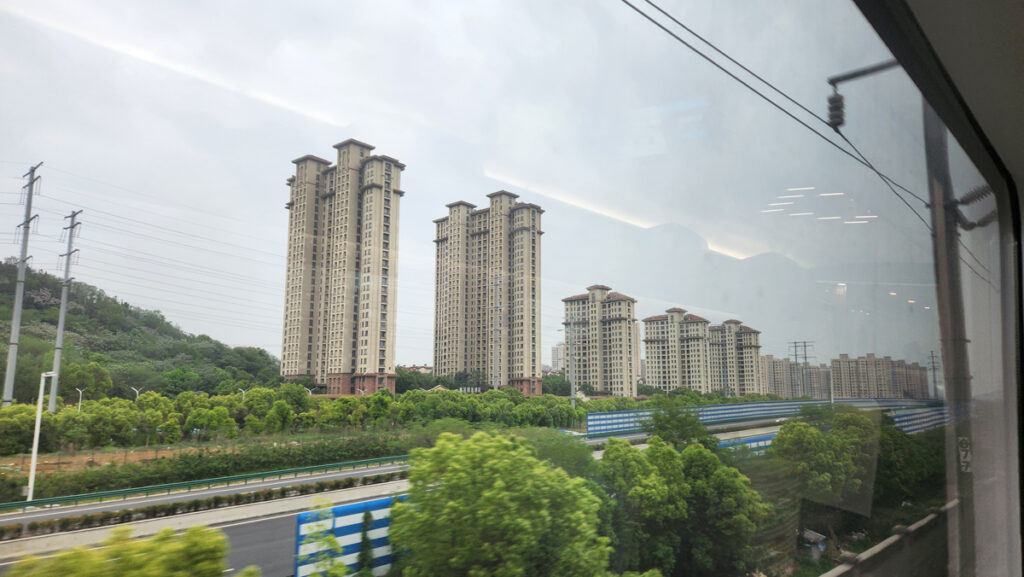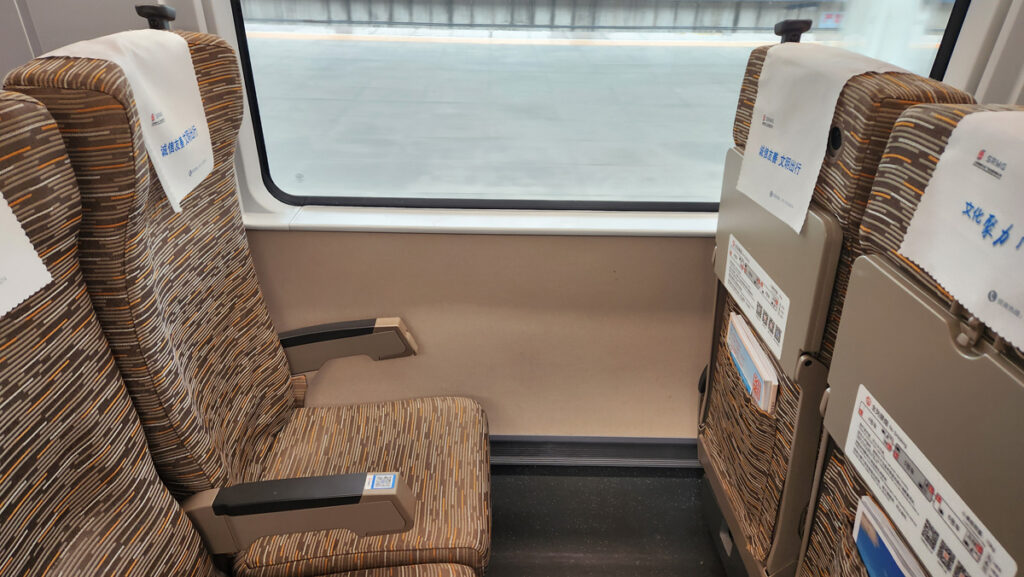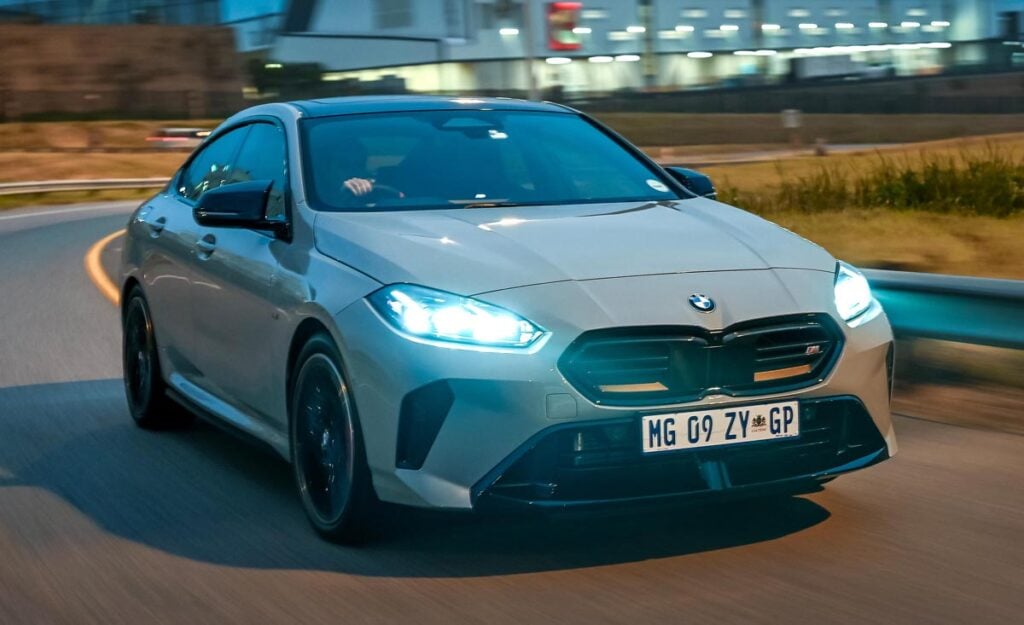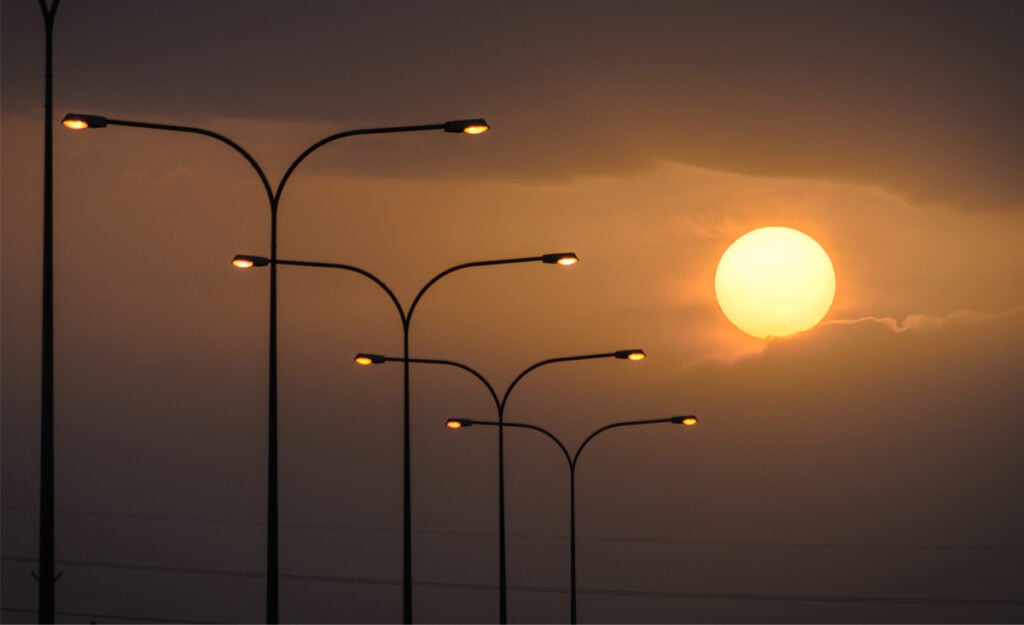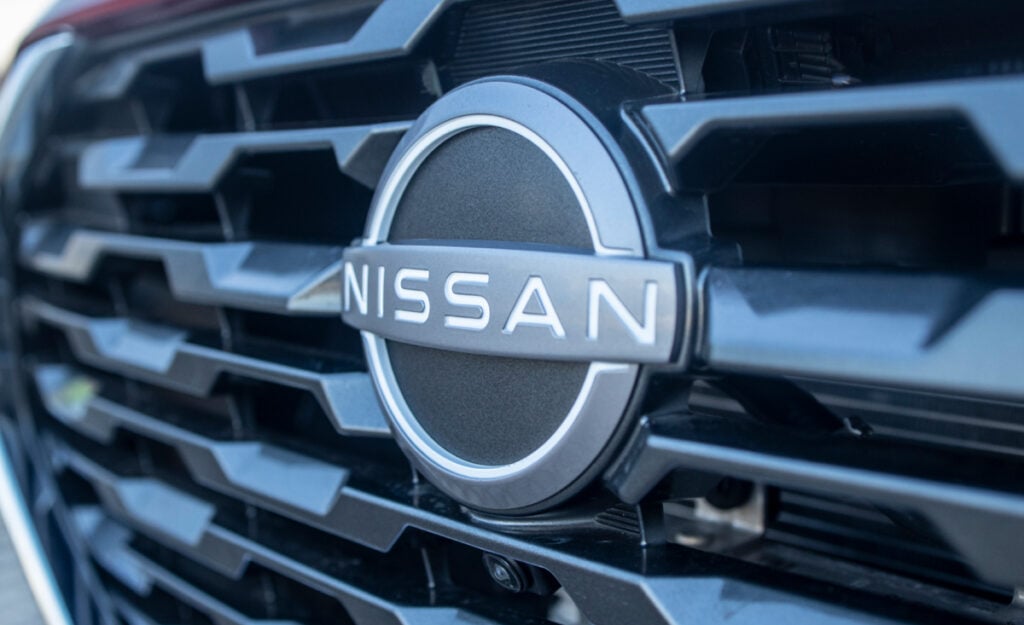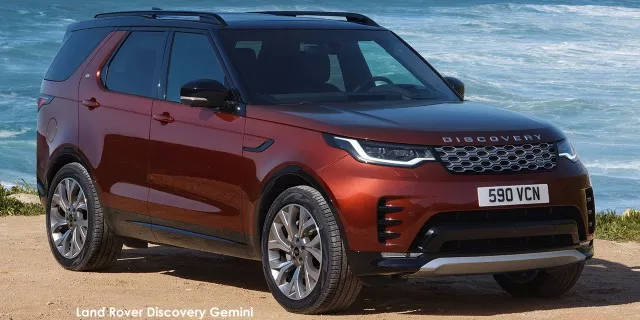Chinese bullet trains for South Africa – Here’s what it’s like to travel on one
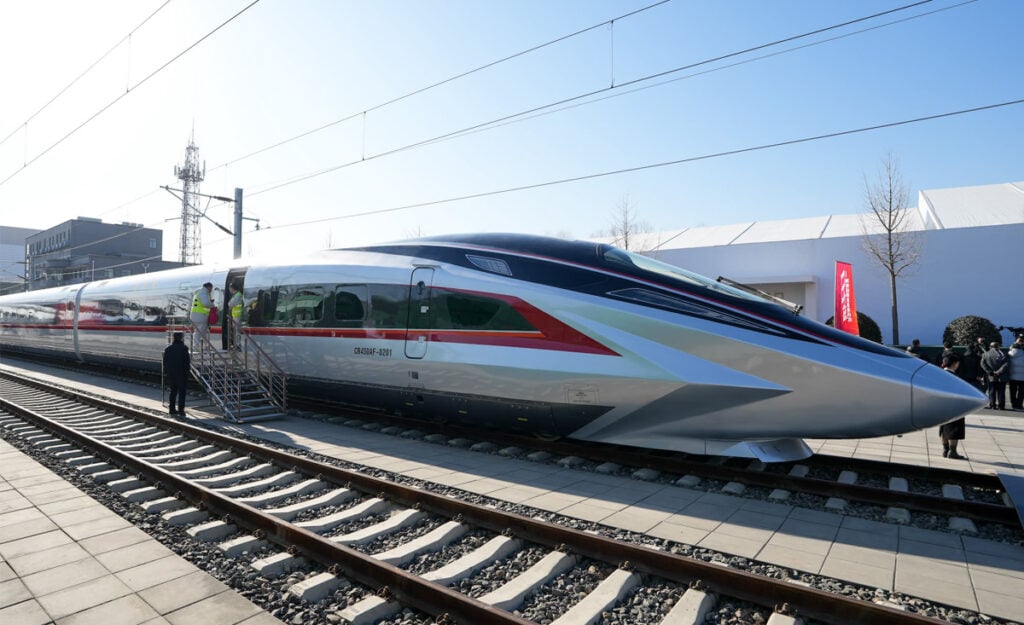
Gauteng and Limpopo are currently working on an ambitious plan to build a high-speed rail system from Pretoria to Polokwane.
The project lines up with President Cyril Ramaphosa’s vision for South Africa, which promises to turn the nation into a series of smart cities connected by bullet trains.
One country that has expressed interest in supporting this vision is China, which already has an extensive rail network featuring trains that can reach speeds up to 600km/h.
It just so happens that I recently had the opportunity to travel on one of these bullet trains, which set a high expectation of what we will hopefully receive in South Africa over the coming years if these plans come to fruition.
Travelling on a Chinese bullet train
Our travel group left the hotel in Shanghai at 07h00, traveling by bus to get to the train station.
Of course, like most things in China, the sheer scale of everything is on an entirely different level to South Africa, as the station itself was bigger than most of our airports.
Despite this, there was very little traffic on approach to the main building as the drop-off site only featured buses and taxis, which is a common site across Shanghai as public transport is prioritized over private cars in many areas.
The entrance to the building had railings that lined visitors up into a single queue to enter the doors, which is likely done out of necessity since the buses frequently drop off large groups at a time.
Once you’re through the doors, you need to pass through a security checkpoint very similar to what you’d find in an airport, including an X-ray machine for bags and a metal detector for people.
Get past this step, and you’ll find yourself in a train station that is easily the size of Cape Town International Airport, complete with large overhead boards that display information about each train in both Chinese and English, including its destination, departure time, check-in counters, and departure status.
Our group’s tickets were booked ahead of time, so we walked to the end of the station and down an escalator to the platform, where the train was already waiting.
We’d be taking the train from Shangahi to Wuhu, which would take approximately an hour and 40 minutes.
For reference, the distance between the two cities is roughly 350km, which, accounting for light traffic, would take three hours and 40 minutes to drive by car.
The train car we were in had large overhead shelves that could easily take our travel suitcases, but most of us opted to keep our smaller backpacks with us on the adjacent seats, highlighting the fact that there were plenty of available spots.
The economy cabins are air conditioned and are rather spacious with seats arranged in a 3+2 pattern with plenty of legroom.
Much like a plane seat, you can set your chair into a recline position, and the back of each one features a fold-down tray table.
The whole train was immaculate with no litter, faded or torn upholstery, graffiti, or anything else of that nature, and the back of the car had two spacious toilet compartments.
Two overhead TVs convey information about the upcoming stations while intermittently playing silent adverts, and the front of the cabin has a display board showing the internal and external temperature, as well as the train’s current speed.
Speaking of, our train would consistently reach speeds of up to 275km/h, though it wouldn’t maintain this velocity for very long before it needed to slow down again for the next station.
It didn’t stay in each station for very long though, as some stops only lasted two minutes before we moved on again.
The train’s acceleration is incredibly smooth, so there’s never a risk of your coffee falling over from the constant stop-and-start, and the cabin is exceptionally quiet, save for the occasional tunnel.
The cars tend to lean as the train goes around corners, though only to a mild degree, since it’s not as if the train is tackling harsh bends at 300km/h.
Overall, it was one of the most pleasant travel experiences I’ve had in recent memory, and it is something I’d love to see implemented in South Africa.
If given the choice between a bullet train and a plane to get from Joburg to Durban, there’s no doubt in my mind that I’d take the former, especially if the price is right.
On that note, our economy class tickets from Wuhu to Shanghai only cost 150 yuan, which works out to R384 at the current exchange rate, meaning it is a very affordable option for citizens in China.
Shanghai to Wuhu
